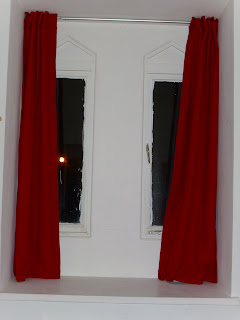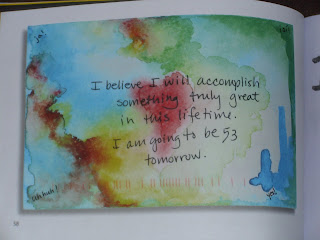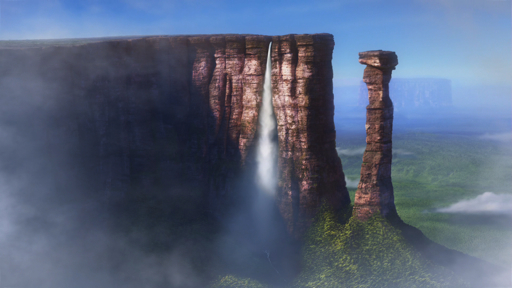In the March 2009 edition of ELLE magazine, four alternative covers were featured, each designed by a different designer. Vivienne Westwood, John Galliano, Christopher Kane and Stella McCartney all designed covers to celebrate the 25th anniversary for London Fashion Week. Each design in unique, each reflecting its designer. The designs are very inspiring, each with their own individual style, something I wish to achieve throughout my career as a designer that I will be able to display within all aspects of my work.
 The first was designed by Vivienne Westwood, who when asked about the inspiration for her design suggested "In these hard times - Dress up. Do it Yourself!".
The first was designed by Vivienne Westwood, who when asked about the inspiration for her design suggested "In these hard times - Dress up. Do it Yourself!".
 This cover was designed by John Galliano and supports British fashion. Galliano was quoted "Rule Britannia and long live British fashion! Here's to 25 years of London Fashion week, 25 years of Galliano and 25 years of changing the way we look! Here anything is possible, anything goes. Be bold, be fearless - be a true Brit!".
This cover was designed by John Galliano and supports British fashion. Galliano was quoted "Rule Britannia and long live British fashion! Here's to 25 years of London Fashion week, 25 years of Galliano and 25 years of changing the way we look! Here anything is possible, anything goes. Be bold, be fearless - be a true Brit!".
 Christopher Kane used Polaroids taken before his S/S 2009 fashion show, which symbolised the end of the design process, captured the memories of show nerves and the transformation for the clothes.
Christopher Kane used Polaroids taken before his S/S 2009 fashion show, which symbolised the end of the design process, captured the memories of show nerves and the transformation for the clothes.
 Stella McCartney used her Comic Relief t-shirt designs as a basis for her cover. This cover not only raises awareness of Comic Relief and Red Nose Day but also shows fashion and its role and strength in ending poverty. The t-shirts provided jobs in Africa and were organic and Fairtrade.
Stella McCartney used her Comic Relief t-shirt designs as a basis for her cover. This cover not only raises awareness of Comic Relief and Red Nose Day but also shows fashion and its role and strength in ending poverty. The t-shirts provided jobs in Africa and were organic and Fairtrade.
 The first was designed by Vivienne Westwood, who when asked about the inspiration for her design suggested "In these hard times - Dress up. Do it Yourself!".
The first was designed by Vivienne Westwood, who when asked about the inspiration for her design suggested "In these hard times - Dress up. Do it Yourself!". This cover was designed by John Galliano and supports British fashion. Galliano was quoted "Rule Britannia and long live British fashion! Here's to 25 years of London Fashion week, 25 years of Galliano and 25 years of changing the way we look! Here anything is possible, anything goes. Be bold, be fearless - be a true Brit!".
This cover was designed by John Galliano and supports British fashion. Galliano was quoted "Rule Britannia and long live British fashion! Here's to 25 years of London Fashion week, 25 years of Galliano and 25 years of changing the way we look! Here anything is possible, anything goes. Be bold, be fearless - be a true Brit!". Christopher Kane used Polaroids taken before his S/S 2009 fashion show, which symbolised the end of the design process, captured the memories of show nerves and the transformation for the clothes.
Christopher Kane used Polaroids taken before his S/S 2009 fashion show, which symbolised the end of the design process, captured the memories of show nerves and the transformation for the clothes. Stella McCartney used her Comic Relief t-shirt designs as a basis for her cover. This cover not only raises awareness of Comic Relief and Red Nose Day but also shows fashion and its role and strength in ending poverty. The t-shirts provided jobs in Africa and were organic and Fairtrade.
Stella McCartney used her Comic Relief t-shirt designs as a basis for her cover. This cover not only raises awareness of Comic Relief and Red Nose Day but also shows fashion and its role and strength in ending poverty. The t-shirts provided jobs in Africa and were organic and Fairtrade.All images are taken from my camera, and are of ELLE 2009.















































